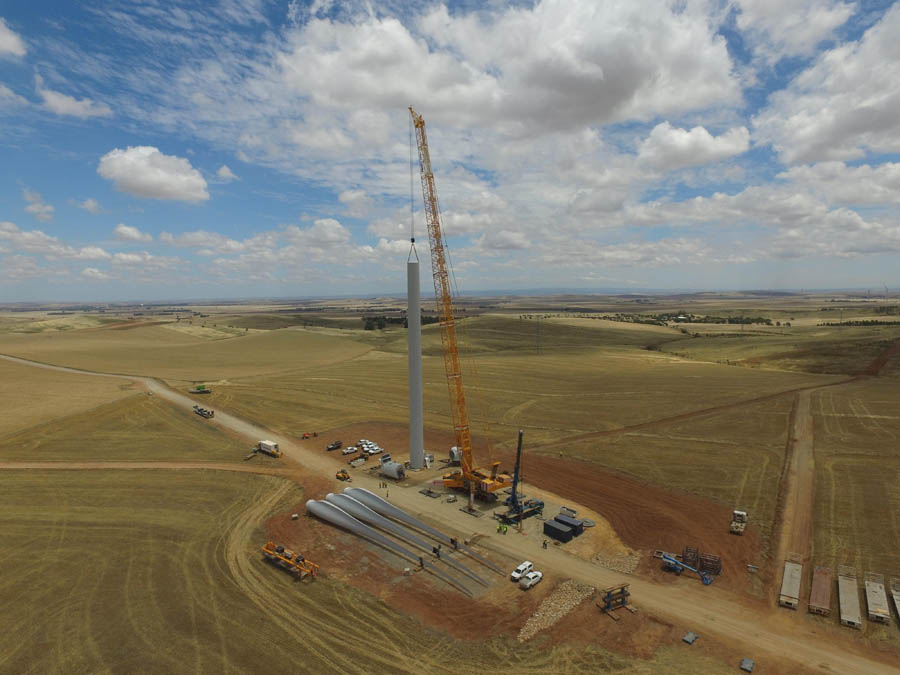

As the world turns its ambitions to wind energy, Sarens is focusing its global resources, expertise, and might to lift up the market, supporting clients from Europe to Australia. In addition to work on major projects across the globe, Sarens is also shaping the future of the wind industry with crane designs built to support powerful, next-generation turbines.
"We are convinced that this is the future market," says Benjamin Noé, Project Manager for the Sarens Wind Division. He believes that even more wind parks will be needed to reach carbon dioxide targets.
In Europe, for example, wind energy has already outpaced coal, and the industry is poised to invest €239 billion and employ nearly 600,000 people by 2030. The wind energy market is one of the fastest-growing and dynamic industries in the region, and the specialised Sarens wind team is poised to serve the industry with local solutions and technical capabilities that meet those evolving demands.
Currently, Sarens works closely with two different sectors, oil & gas as well as wind energy, as wind energy isn't yet at the point where it can support all the market's energy needs. However, Noé and his team believe that this will shift with time, especially as the cost of wind energy continues to decrease.
Major Projects and Equipment
Sarens provides services to the wind industry worldwide, for both onshore and offshore projects. Clients turn to Sarens because of the Group's commitment to the industry and European standards, as well as fair pricing that meets clients' budget expectations.
Some of Sarens' current and past wind projects include:
New Crane Designs
Sarens currently uses heavy lifting LBC cranes for heavy turbines, as well as LG1750 cranes that can handle lighter loads and quickly be transferred between installation sites. One of the Group's newest cranes, the LG1750 SX, is a 750-tonne lattice boom crane recently deployed on the Sapphire wind turbine project in Australia.
Future crane design will be inspired by the direction of turbine development: designers are working on next-generation turbines with higher hub heights, bigger rotor diameters, and stronger, heavier generators. The result will be turbines that produce significantly more energy.
To keep up with these developments, Sarens engineers are sitting in think tanks with crane producers and turbine suppliers to align on designs that will meet the demands of the new turbines. The next generation of cranes will need to be capable of lifting heavier loads on a higher level, and being transferred quickly between sites.
Safety Standards
As always, Sarens is dedicated to high standards of safety on all of its work sites. The Group employs a dedicated SHEQ manager for wind projects and is committed to educating and motivating staff around safety best practices.